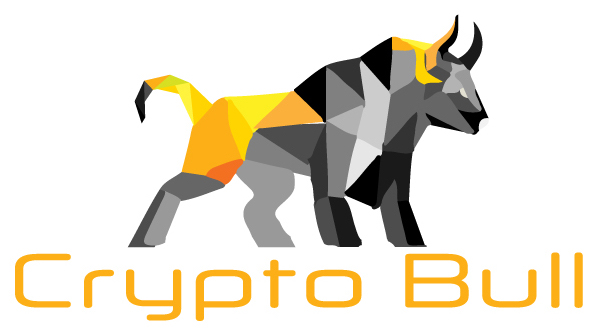Bitcoin, the world's first and most popular cryptocurrency, is based on a decentralized network that operates on a blockchain, which is a distributed digital ledger that records all transactions. One of the most interesting aspects of Bitcoin is its halving event, which occurs roughly every four years and has significant implications for the supply and demand of the cryptocurrency.
What is the Bitcoin halvening?
The Bitcoin halvening, or halving, is an event that occurs approximately every four years, or after 210,000 blocks are mined, in which the rewards for mining new blocks on the Bitcoin network are reduced by half. This means that the amount of new Bitcoins that are created every 10 minutes is cut in half, leading to a decrease in the rate at which new Bitcoins are added to the circulating supply.
The first halving event occurred in 2012, when the reward for mining a block on the Bitcoin network was reduced from 50 Bitcoins to 25 Bitcoins. The second halving occurred in 2016, reducing the reward to 12.5 Bitcoins per block. The third halving occurred in May 2020, reducing the reward to 6.25 Bitcoins per block.
Why is the halvening important?
The halvening is important because it has significant implications for the supply and demand of Bitcoin. With the reduction in the rate at which new Bitcoins are added to the circulating supply, the supply of Bitcoin becomes more scarce, which can lead to an increase in demand and price. This is because if demand for Bitcoin remains constant, but the supply decreases, the price of Bitcoin should theoretically increase due to its limited availability.
In addition, the halvening can also impact the profitability of mining Bitcoin. As the rewards for mining new blocks are reduced, miners may need to invest more in their mining hardware and operations to maintain profitability. This can lead to a decrease in the number of miners on the network, which can impact the security and decentralization of the Bitcoin network.
What happened during the previous halvenings?
During the first halvening in 2012, Bitcoin was trading at around $12.50 per coin before the event. Following the halvening, the price of Bitcoin surged to over $100 per coin within a few months. During the second halvening in 2016, Bitcoin was trading at around $650 per coin before the event. Following the halvening, the price of Bitcoin surged to over $2,500 per coin within a year.
Following the third halvening in May 2020, Bitcoin experienced a more muted price increase. The price of Bitcoin was trading at around $8,500 per coin before the event, and it reached a peak of around $64,000 per coin in April 2021, before experiencing a significant correction.
What can we expect from the next halvening?
The next halvening is expected to occur in 2024, and it will reduce the reward for mining new blocks to 3.125 Bitcoins per block. While it is difficult to predict exactly how the market will react to the next halvening, historical trends suggest that we can expect an increase in demand and price following the event.
In addition, the next halvening may also have implications for the adoption and use of Bitcoin as a currency or store of value. With the reduction in the rate at which new Bitcoins are added to the circulating supply, Bitcoin becomes more scarce, which can lead to an increase in its perceived value and legitimacy.
In conclusion, the Bitcoin halvening is a significant event that occurs approximately every four years and has important implications for the supply and demand of Bitcoin. While it is difficult to predict exactly how the market will react to the next halvening, historical trends suggest that we can expect an increase in the price of Bitcoin.



